Entry Category: Transportation - Starting with B
Brandywine [Steamboat]
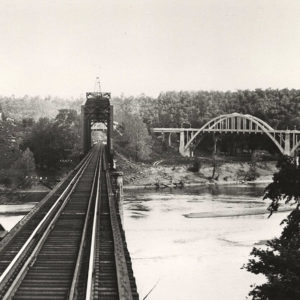 Bridge 178
Bridge 178
 Bridge Street
Bridge Street
 Bridge Street Bridge
Bridge Street Bridge
Bridge Street Bridge
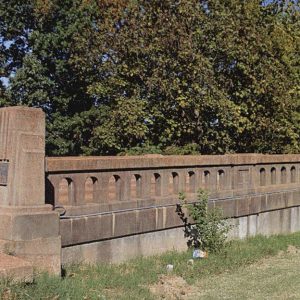 Bridge Street Bridge Guard Rail
Bridge Street Bridge Guard Rail
 Bridge Street Bridge Support
Bridge Street Bridge Support
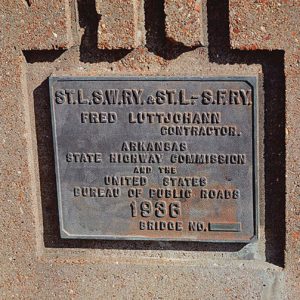 Bridge Street Dedication Plaque
Bridge Street Dedication Plaque
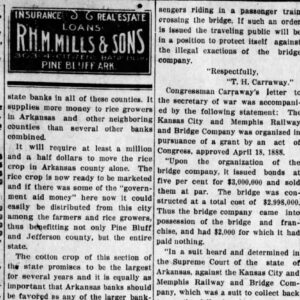 Bridge Tolls
Bridge Tolls
Bridges
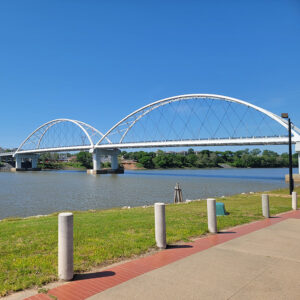 Broadway Bridge
Broadway Bridge
Broadway Bridge
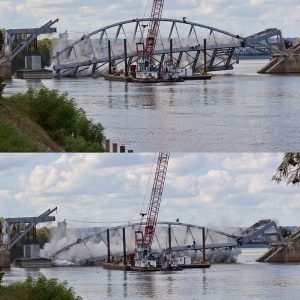 Broadway Bridge Demolition
Broadway Bridge Demolition
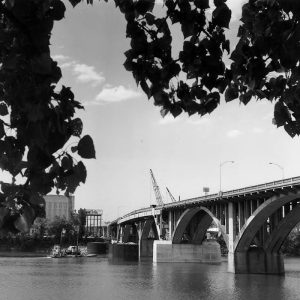 Broadway Bridge Remodel
Broadway Bridge Remodel
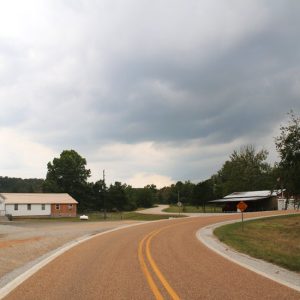 Bruno
Bruno
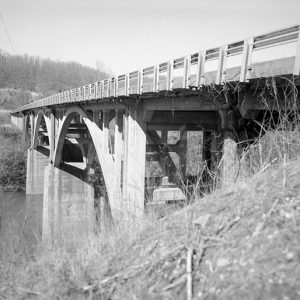 Buffalo River Bridge
Buffalo River Bridge
Buffalo River Bridge
aka: Pruitt Bridge
Bull Shoals Dam and Lake
 Bull Shoals Dam Power Plants
Bull Shoals Dam Power Plants
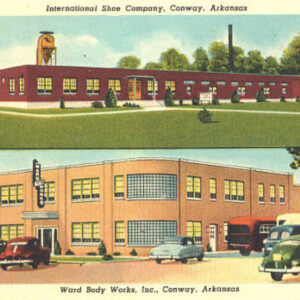 Bus and Shoe Companies
Bus and Shoe Companies
 Bus Station
Bus Station
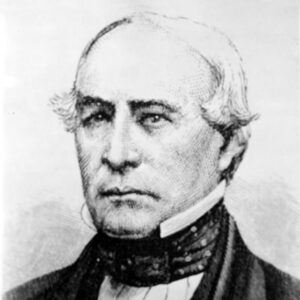 John Butterfield
John Butterfield




